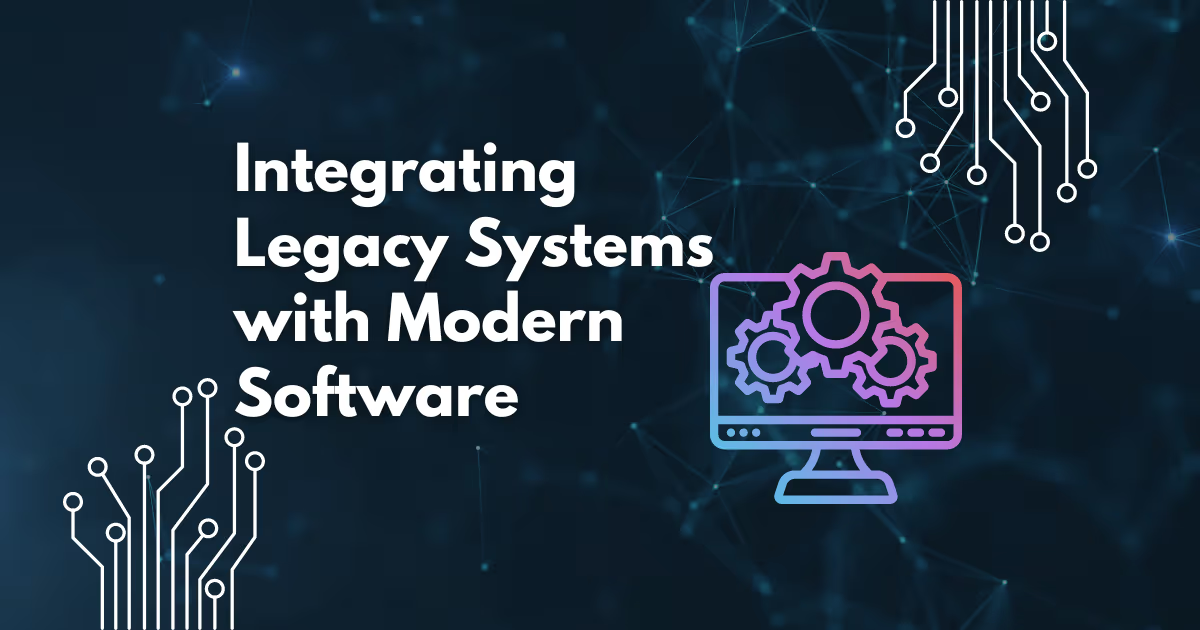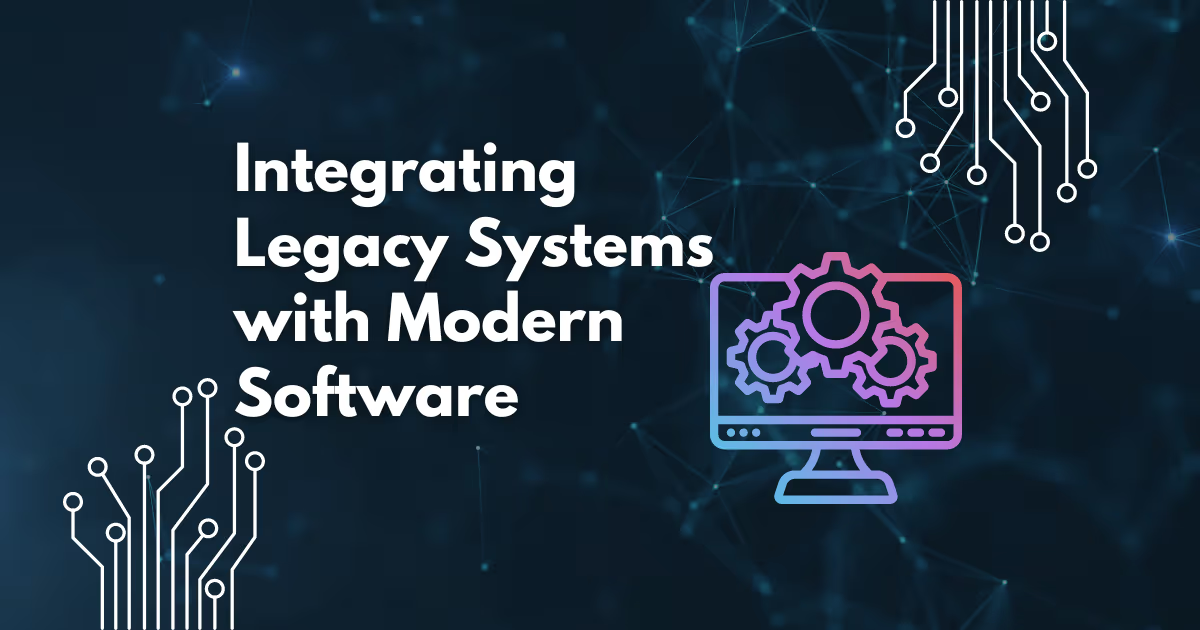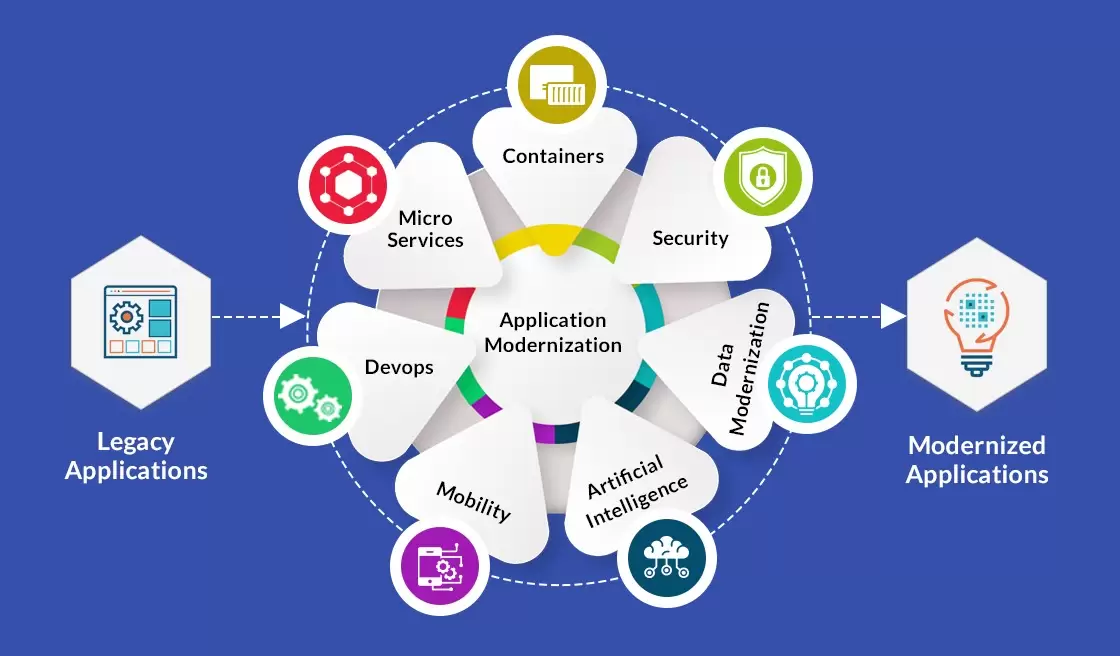In the fast-paced world of real estate, efficiency and adaptability can mean the difference between success and stagnation. As property portfolios expand and processes become increasingly complex, organizations must embrace solutions that unify all aspects of their operations. Enter the real estate ERP system—a powerful, centralized software platform designed to help property businesses integrate and manage their various functions, from lead generation to property management and financials. In this comprehensive guide, we explore the core features, benefits, challenges, and best practices of implementing a real estate ERP system.
What is a Real Estate ERP System?
An Enterprise Resource Planning (ERP) system is a software platform designed to bring diverse business processes into a single, streamlined environment. For real estate, an ERP system consolidates property listings, tenant information, lead management, accounting, and more into a single dashboard. By providing a unified view of your entire operation, it not only streamlines everyday tasks but also provides strategic insights that can fuel long-term growth.
A real estate ERP system acts as a central data repository, making essential information available to the right stakeholders at the right time. Whether you are dealing with lease agreements, coordinating with suppliers for property maintenance, or planning marketing campaigns for new developments, the ERP acts as your organization’s command center.
Why it matters:
- It reduces the risk of errors from double data entry.
- It eliminates siloed departments and fosters collaboration.
- It enhances compliance and reporting through real-time data visibility.
Key Features of a Real Estate ERP
To truly understand the power of a real estate ERP system, it’s important to explore the core features that make it a game-changer for property businesses. Although different software providers may vary in their offerings, these are the key functionalities to look for:
Property Management Module
At the heart of any real estate ERP is its property management functionality. This module assists in tracking property-related information such as leases, tenant records, rental rates, and maintenance schedules. It often includes a built-in notification system to remind you of lease expirations and other critical deadlines.
Accounting and Financial Management
The financial aspect of real estate operations is often one of the most complex. Having an integrated accounting module is crucial for tasks such as:
- Accounts receivable and payable
- Budgeting and forecasting
- Revenue recognition
- Expense tracking
A comprehensive accounting module ensures no bill or payment slips through the cracks while helping you maintain compliance with local regulations.
CRM Integration
Customer Relationship Management (CRM) functionality is vital for nurturing leads, tracking potential buyers or tenants, and maintaining good relationships with existing customers. A robust CRM module within the ERP helps manage all client interactions, from initial inquiries to signed contracts.
Sales and Marketing Automation
Real estate companies often rely heavily on effective marketing to stay competitive. Automation tools within the ERP can schedule and distribute email campaigns, manage social media posts, and track click-through rates. By analyzing these metrics, you can better understand what resonates with your audience and tailor your strategies accordingly.
Analytics and Reporting
One of the most powerful advantages of a real estate ERP system is its built-in analytics engine. This allows you to generate custom reports, track KPIs, and forecast market trends with real-time data. Visual dashboards present complex information in a user-friendly format, making it easier to make data-driven decisions quickly.
Workflow Management
Workflows keep the entire business running smoothly by setting up standardized processes. A real estate ERP often includes features that help automate routine tasks—like sending out automatic reminders for rent due dates or assigning tasks to maintenance crews. This ensures that projects stay on track and that nothing falls through the cracks.
How a Real Estate ERP System Transforms Your Business
A real estate ERP system delivers a multitude of benefits, often redefining how organizations operate at every level. Here’s how:
Centralized Data Management
In real estate, data lives across various spreadsheets, emails, and standalone applications. An ERP consolidates these into one source of truth, reducing the need for manual data entry and cross-referencing. As a result, data accuracy improves significantly.
Improved Collaboration
When departments share the same system, internal silos break down. Finance teams can see project management schedules; marketing can access sales lead data, and top executives get a bird’s-eye view of organizational performance. This fosters a culture of collaboration and mutual accountability.
Enhanced Operational Efficiency
Automation and standardized workflows reduce errors and speed up processes. For instance, automating rent collection reminders decreases late payments while freeing up staff to handle more strategic tasks like negotiation and relationship-building.
Greater Compliance and Risk Management
A single integrated platform makes it easier to maintain regulatory compliance. Whether it’s fair housing laws or local zoning regulations, the real estate ERP can store documentation and automate alerts for key deadlines or renewals.
Scalability
As your portfolio grows, you don’t want to be constantly migrating data to new systems. Most modern real estate ERPs are cloud-based and can scale according to your needs. This means you only pay for what you use, and you can add new features or modules when necessary.
Implementing a Real Estate ERP: Step-by-Step
Implementing a real estate ERP is a major undertaking that requires careful planning and execution. Below is a broad roadmap that can help ensure a successful rollout:
Define Goals and Objectives
Before diving into software selection, clarify your business goals. Are you looking to improve financial transparency? Speed up sales cycles? Identify the objectives and key performance indicators (KPIs) you want to achieve, such as a 20% reduction in administrative overhead or a 30% decrease in late rental payments.
Evaluate and Select the Right Software
Not all real estate ERPs are the same. While some cater specifically to large enterprises, others may be more suited for small-to-midsize businesses. Look for software that offers essential real estate modules, user-friendly interfaces, and robust customer support. It’s also essential to ensure the ERP can integrate with existing systems like CRM tools or accounting software.
Data Migration and Cleanup
One of the most time-consuming aspects of ERP implementation is data migration. This is a good time to clean up outdated or duplicate information. Work with your IT and project teams to map data from legacy systems to the new ERP structure.
Configuration and Customization
Configure the ERP to align with your operational workflows. This could involve customizing fields for property details, setting up approval processes for lease agreements, or defining user roles and permissions.
Testing and Training
Before going live, conduct thorough testing to identify bugs and issues. Training is crucial—employees need to understand not just how to use the system, but why it’s being implemented. Providing hands-on training and reference materials reduces resistance and speeds up adoption.
Go Live and Continuous Improvement
Once you’ve tested and trained employees, you can launch the system. However, implementation doesn’t end here. Continuously monitor KPIs and gather feedback to refine your processes. Treat your ERP as an evolving tool that should adapt to your changing business needs.
Challenges & How to Overcome Them
Resistance to Change
People are creatures of habit and may be resistant to adopting new technology. Solution: Engage stakeholders early, provide clear communication about benefits, and offer comprehensive training and support.
Data Integrity Issues
Transferring data from multiple sources can lead to errors. Solution: Implement strict data governance policies and conduct regular audits to maintain data quality.
High Initial Investment
While cloud-based ERPs can lower hardware costs, subscription fees and implementation expenses can be daunting. Solution: Demonstrate ROI through pilot projects and phased implementations to show the long-term value of the system.
Customization vs. Standardization
Over-customizing can lead to complexities when the ERP is updated. Solution: Use out-of-the-box features whenever possible and only customize where it provides clear business value.
Case Studies and Reviews
Case Study: GreenView Properties
GreenView Properties, a mid-sized real estate firm specializing in residential rentals, implemented a cloud-based real estate ERP to unify their accounting and property management processes. Within six months, they saw a 25% reduction in late rental payments due to automated reminders and streamlined payment options. The finance team also saved up to 30 hours per month by eliminating manual data entry.
Review from John D., CFO of GreenView Properties:
“We were skeptical about migrating all our data to one system, but the benefits became clear almost immediately. The real estate ERP we chose has cut down our invoicing errors drastically, and our property managers love how easy it is to track maintenance requests.”
Case Study: Horizon Commercial Realty
Horizon Commercial Realty manages a diverse portfolio of office buildings and industrial spaces. Their biggest challenge was juggling complex leases with varying terms and rates. After deploying a specialized real estate ERP, they digitized all lease documents, set up automated workflows for renewal reminders, and integrated real-time financial reporting. The result was a 40% improvement in operational efficiency.
Review from Sarah K., Managing Director at Horizon Commercial Realty:
“Having a centralized dashboard to monitor lease renewals, maintenance, and finances has been a game-changer. Our teams collaborate better, and our clients appreciate the faster response times.”
Frequently Asked Questions (FAQ)
Q1: How long does it usually take to implement a real estate ERP system?
A: The timeframe can vary widely, from 3 to 9 months or more, depending on factors like data complexity, customization needs, and company size. Small businesses with simpler data structures might roll out quicker, whereas larger enterprises often need a phased approach.
Q2: Is a real estate ERP system only suitable for large companies?
A: Not at all. Many modern ERP solutions are modular and scalable, making them ideal for small-to-midsize firms as well. You can start with the basic modules you need and add features over time.
Q3: Can I integrate third-party software (e.g., CRM or project management tools) with a real estate ERP system?
A: Yes. Most ERP solutions now offer open APIs and built-in integration connectors. This means you can seamlessly connect your CRM, accounting software, or project management tools without manually transferring data.
Q4: Is a cloud-based real estate ERP better than on-premise?
A: Cloud-based solutions generally offer lower upfront costs, automatic updates, and remote accessibility. On-premise solutions can provide more control over data security and customization but usually come with higher initial setup and maintenance costs.
Q5: How do I measure the ROI of a real estate ERP?
A: Common metrics include reduced operational costs, time saved in administrative tasks, reduced late payments, and overall increases in sales or lease conversion rates. Monitoring these KPIs before and after implementation provides a clear picture of ROI.
References
- Gartner – ERP Insights and Trends
- Forbes – How Cloud Computing Is Changing Real Estate
- PwC – Emerging Trends in Real Estate
- Deloitte – Real Estate Transformation Initiatives
Final Thoughts
A real estate ERP system is more than just a software investment; it’s a transformative business strategy that enables you to operate efficiently, make informed decisions, and ultimately provide better services to your customers and stakeholders. By centralizing data and automating workflows, real estate companies can pivot faster when market conditions change, reduce overhead costs, and foster a culture of collaboration.
The journey to implementing a real estate ERP might be challenging, but the rewards are worth it. From streamlined property management to transparent financial reporting, adopting the right ERP solution can push your organization into a new era of growth and competitiveness. Whether you’re a small property management firm or a large multinational real estate developer, an ERP system tailored to your needs can be the engine that drives your success in an ever-changing industry.








